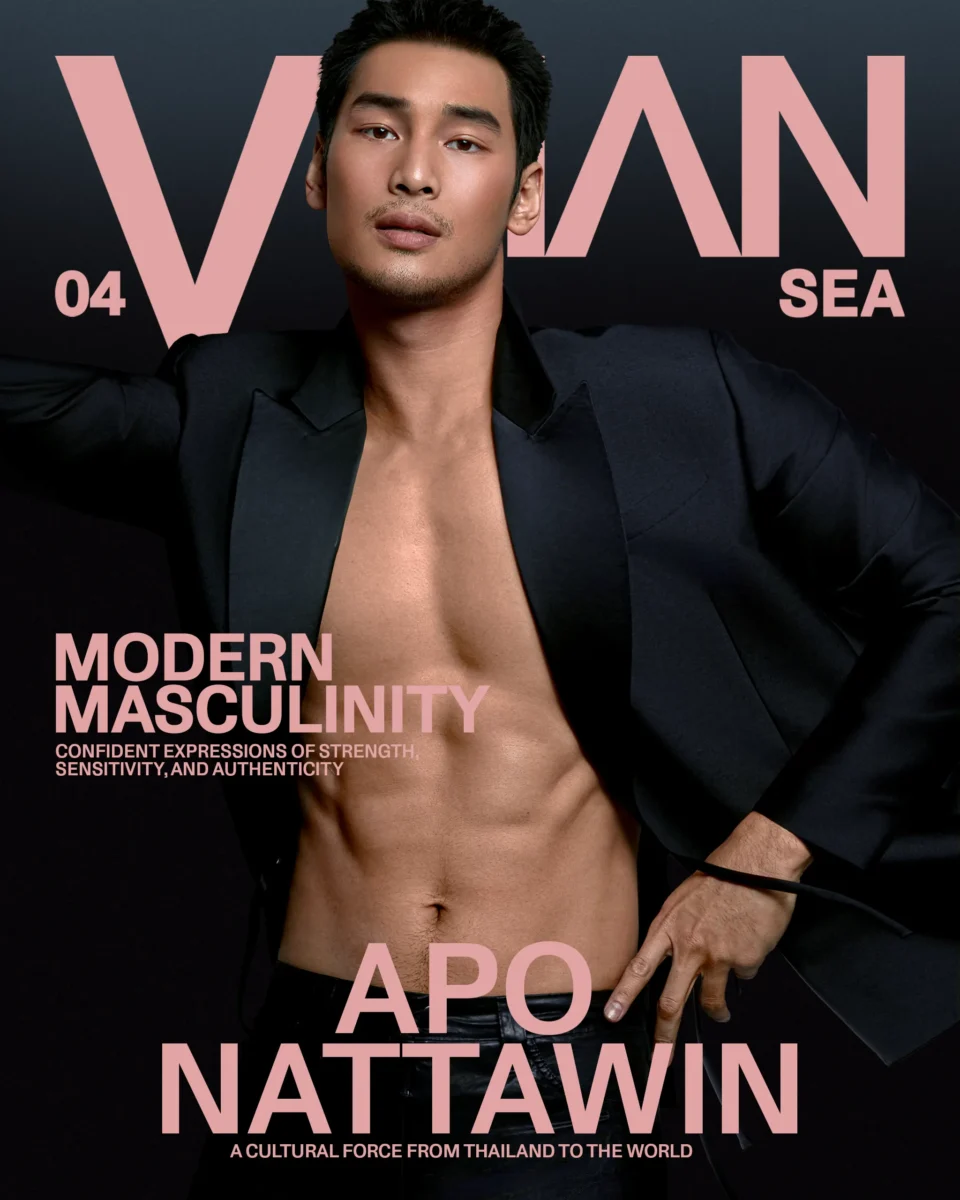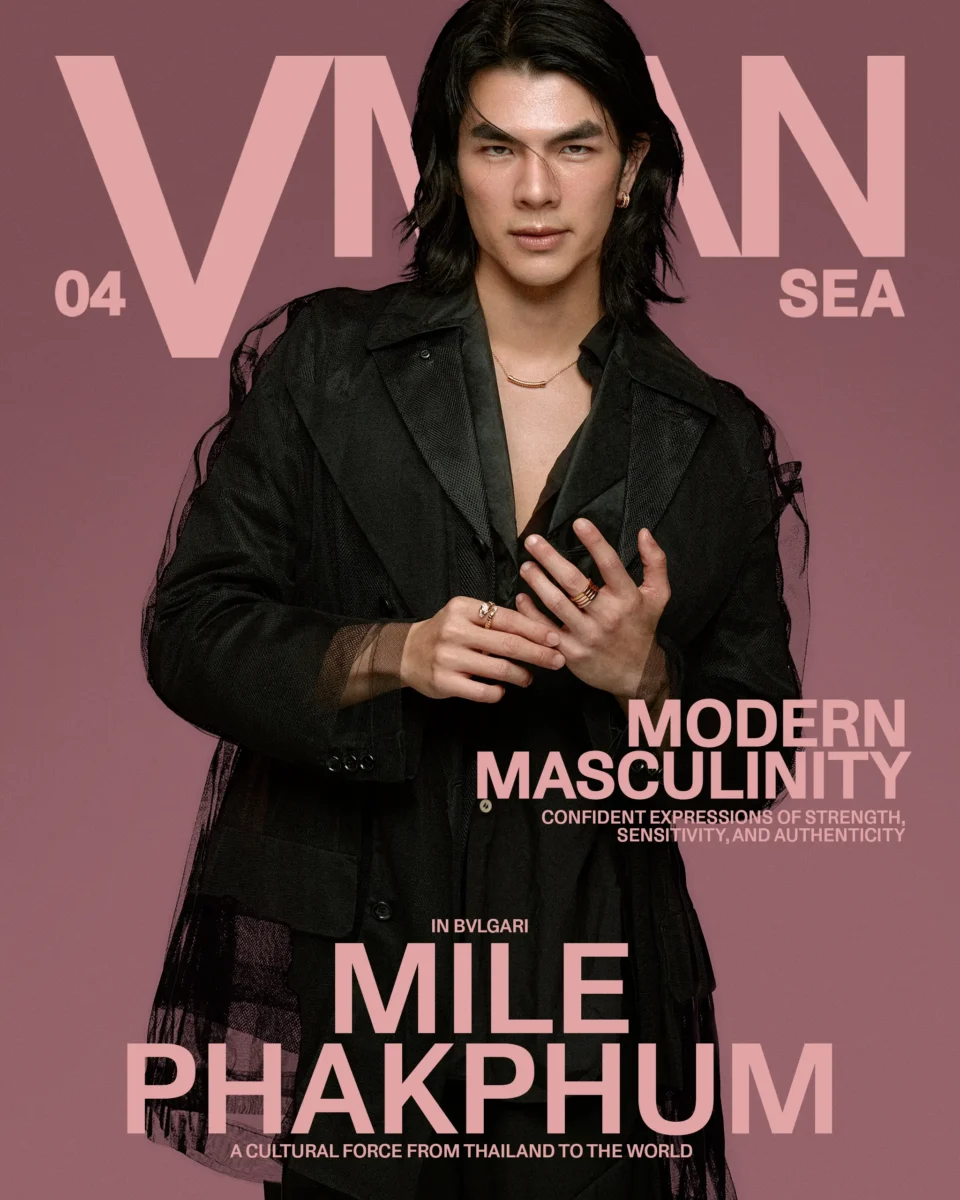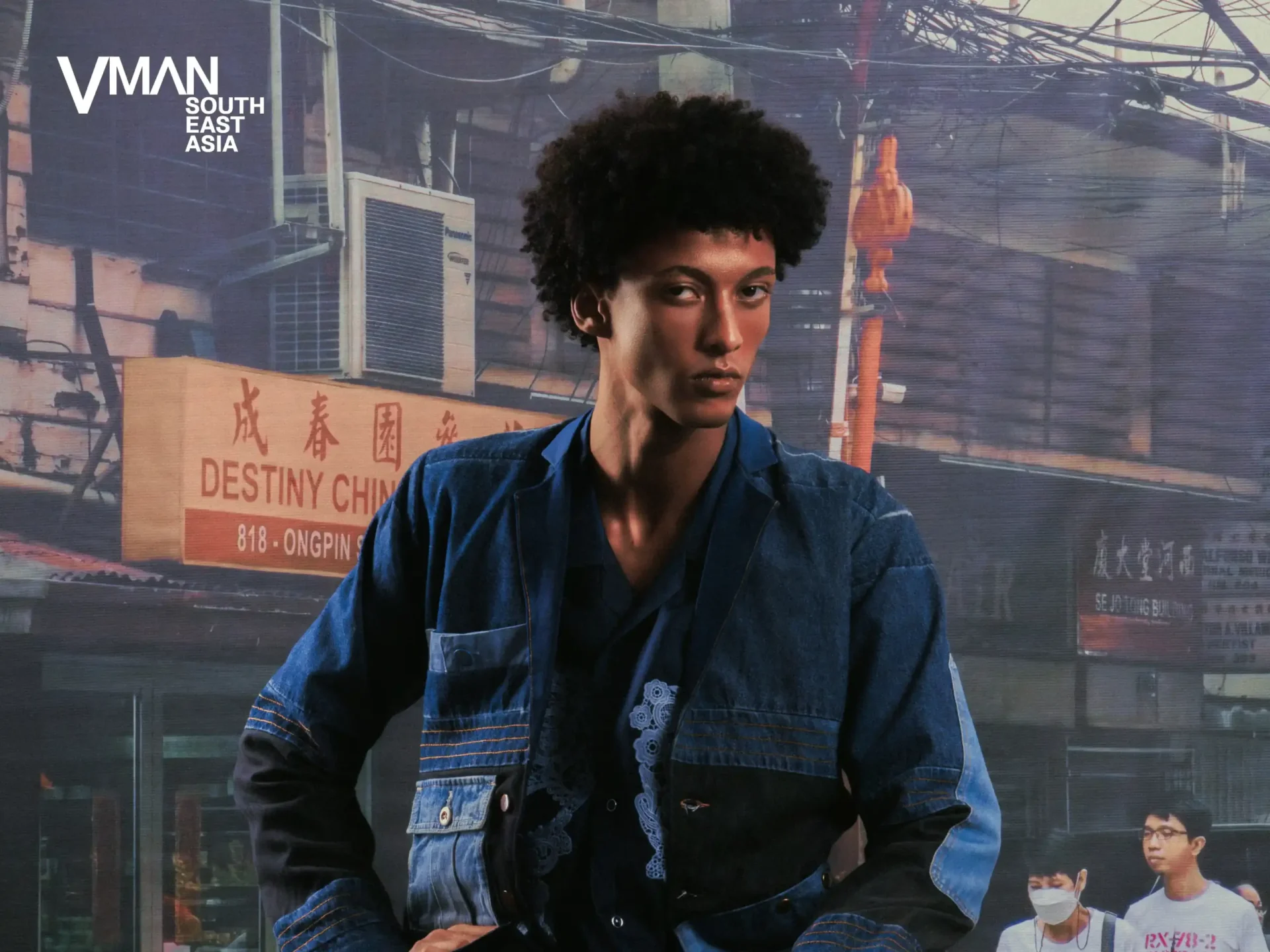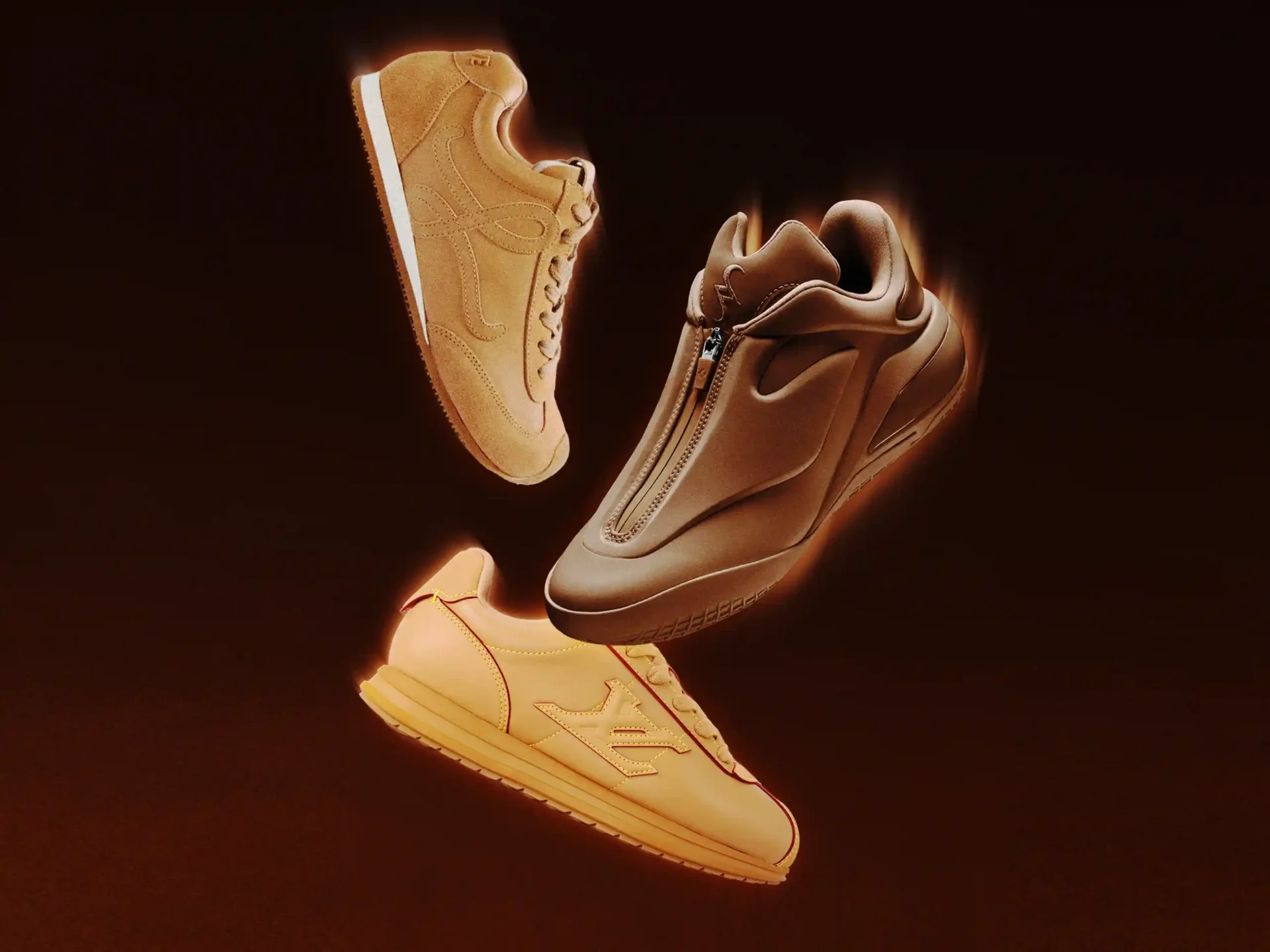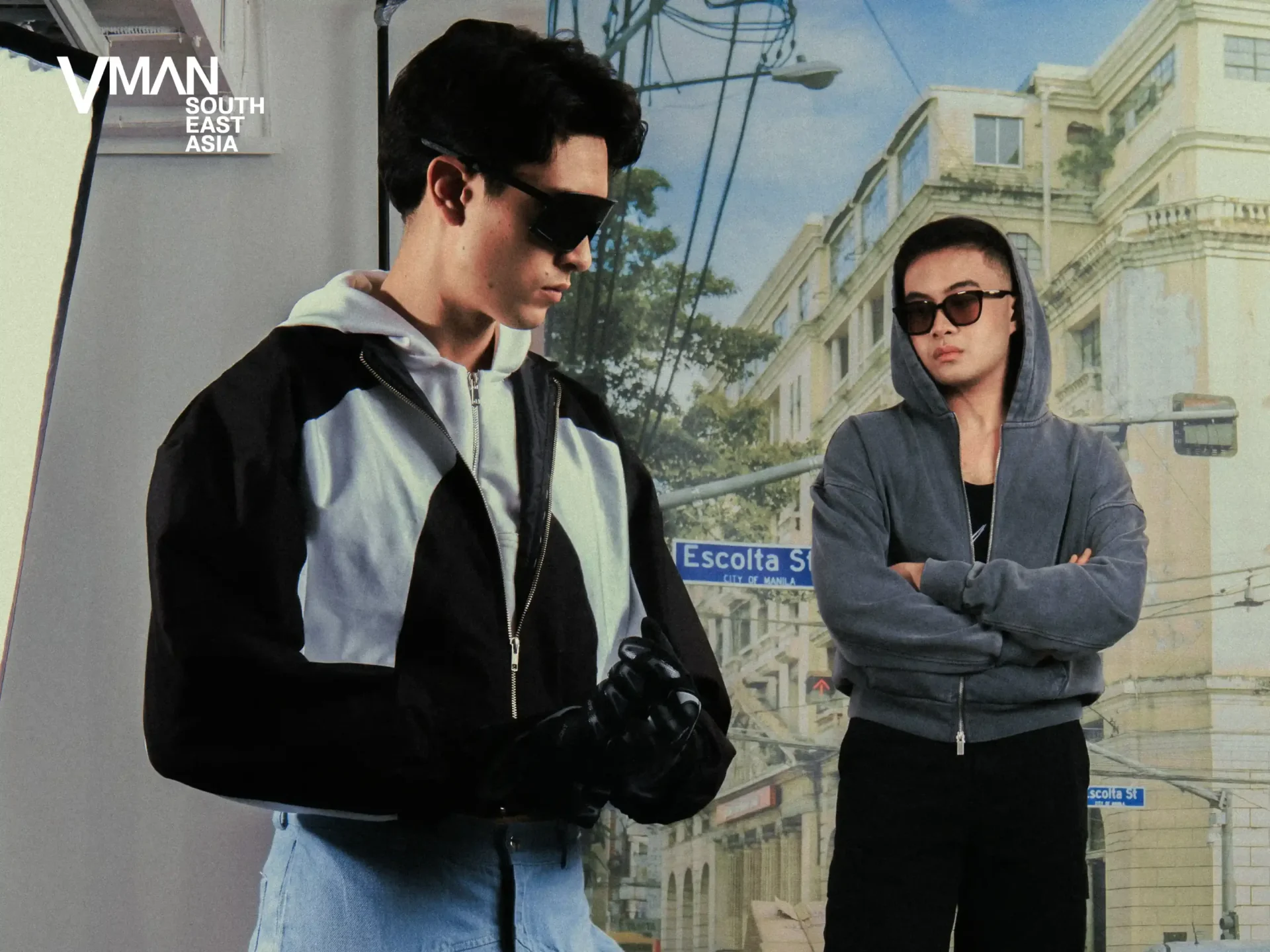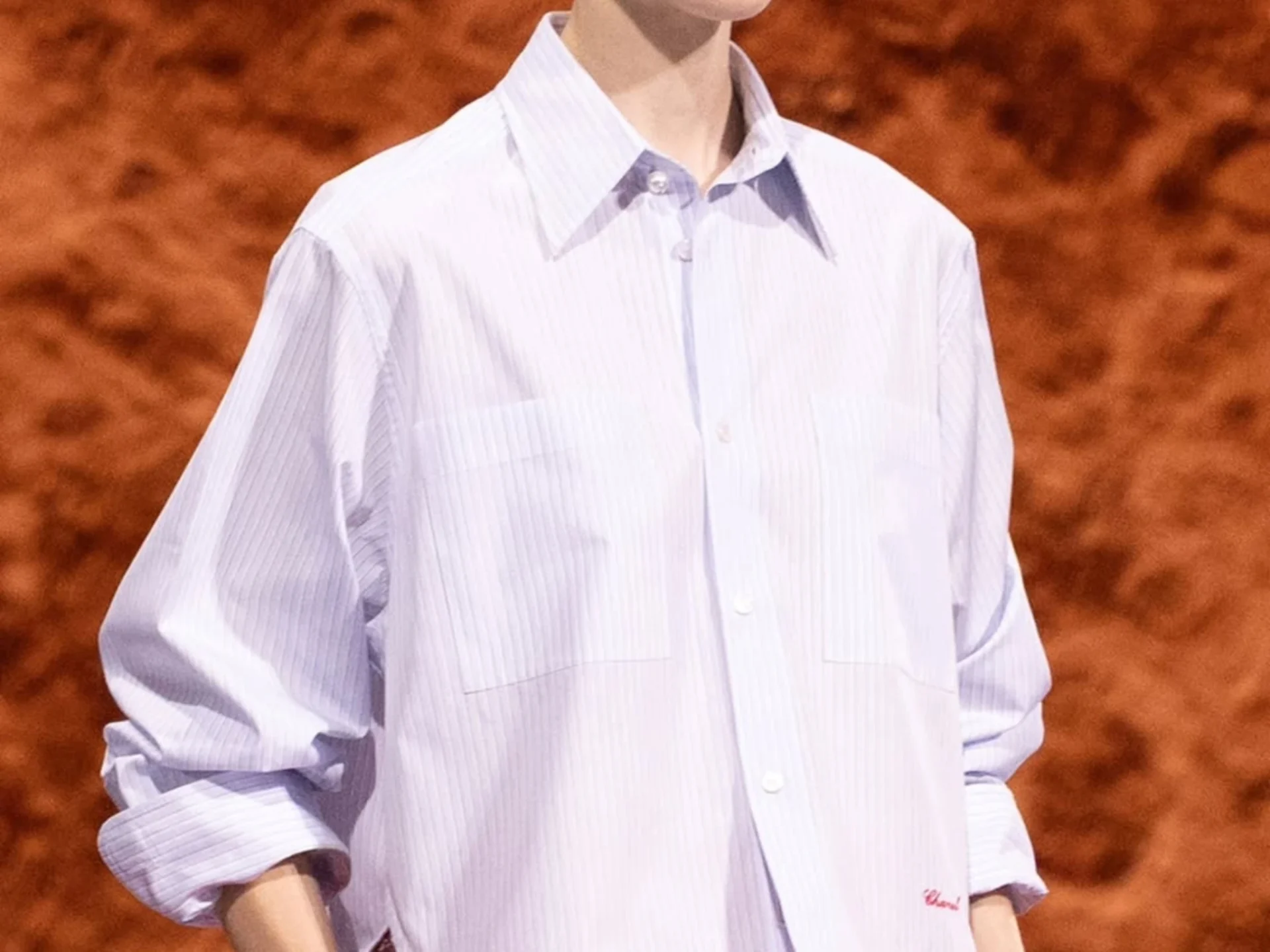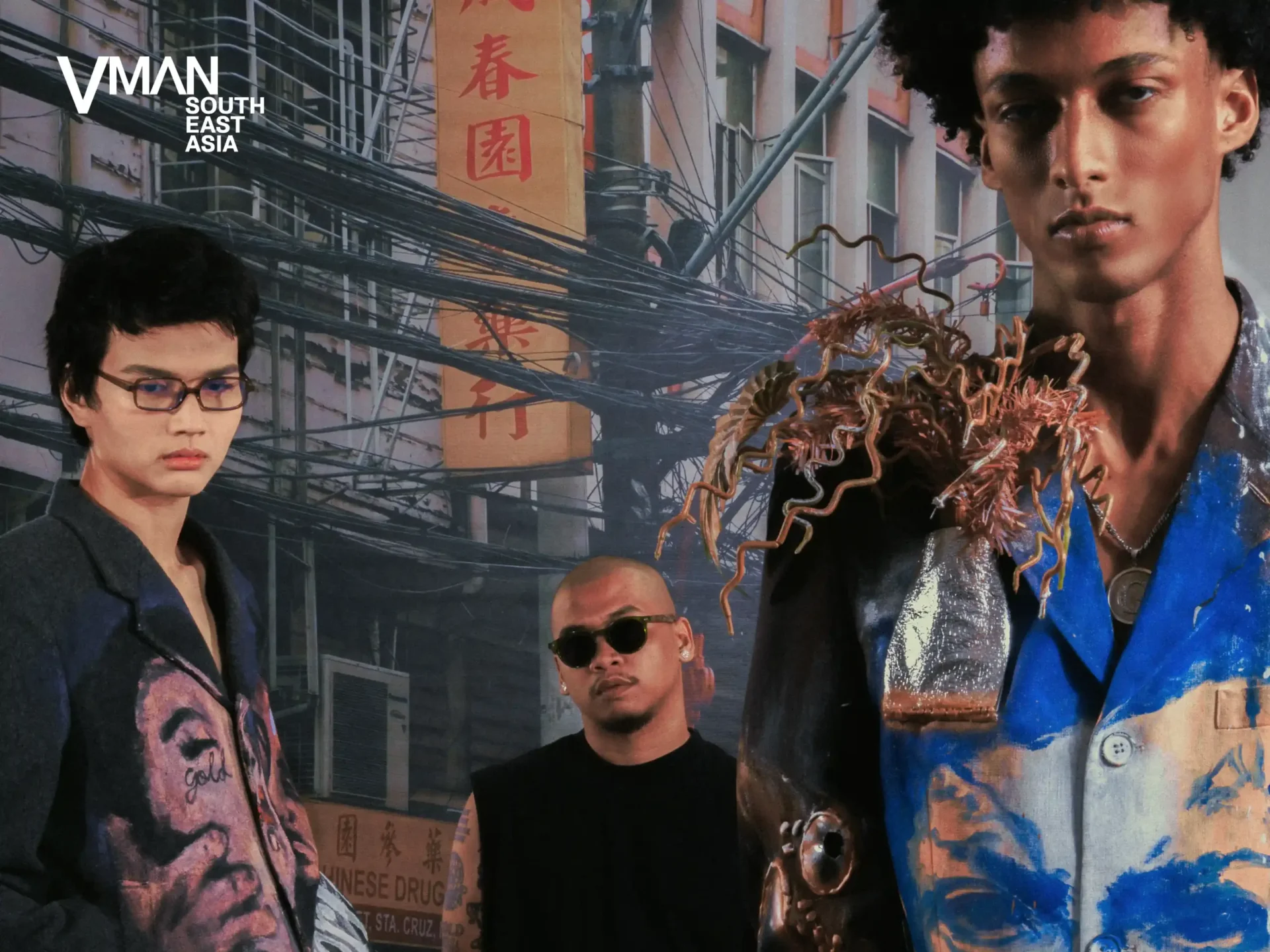How SNK ATK Designs for a Future-Forward Era
Tech-driven experimentation defines SNK ATK, from virtual prototyping to self-expression through innovative technical clothing
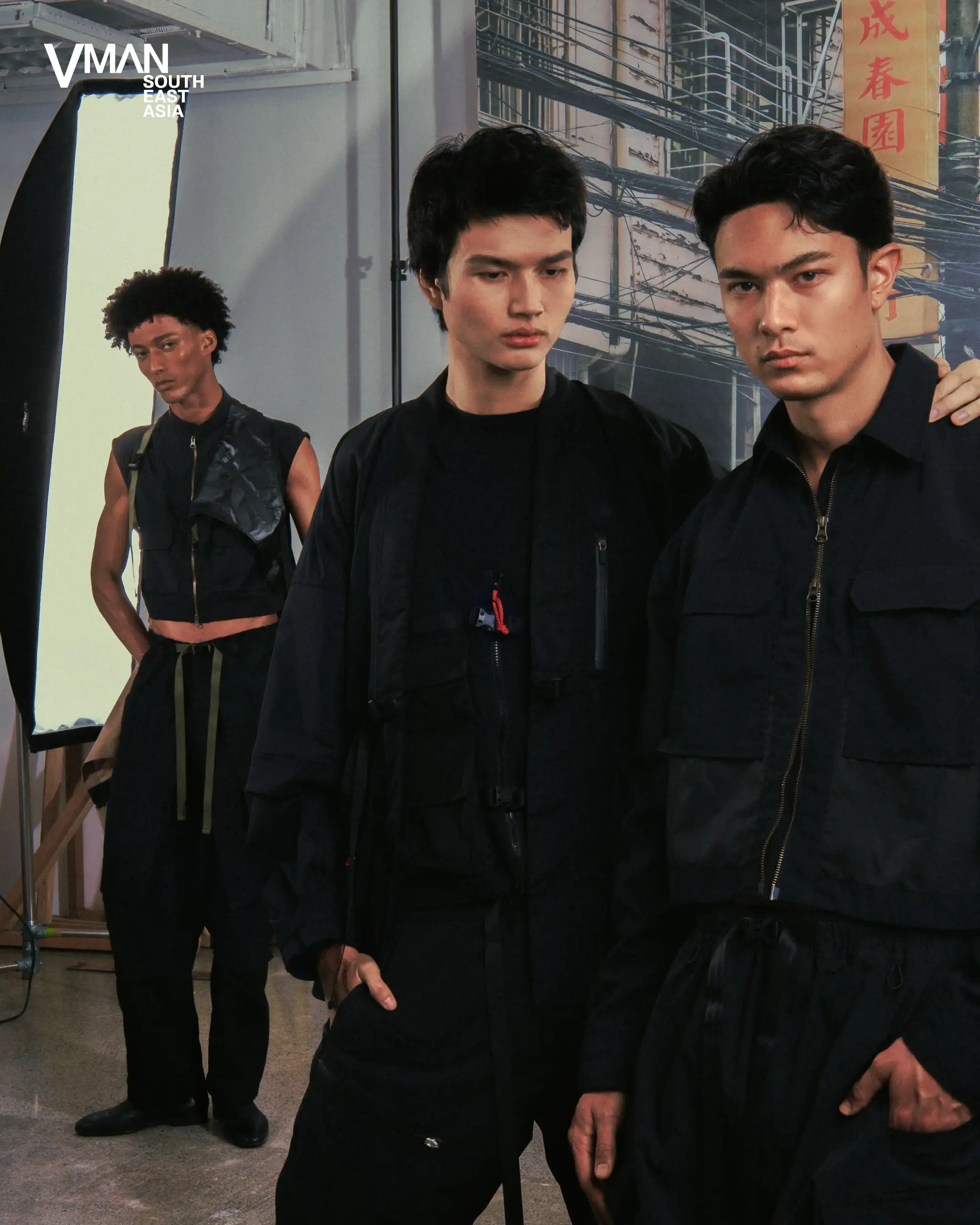
The innovative perspectives defining SNK ATK
Before it became one of Manila’s standout techwear brands, SNK ATK began as a simple online page for sneaker appreciation. “Eventually, we wanted to build our own technical clothing brand—but the name still fit, with the idea of stealth and all that,” says founder, creative director, and designer Psalm Alfafara.
Psalm and his two co-founders, Dwight Santos and Kirby Gonzaga—notably, three men who built careers outside of fashion: advertising, digital agencies, and graphic design—established the brand with only ₱7,000 each. ACRONYM was the key inspiration, but the five-digit price tags were keeping the European brand out of reach. Psalm recalls: “So we said, let’s make our own. How hard could it be?”
The answer: insanely hard.
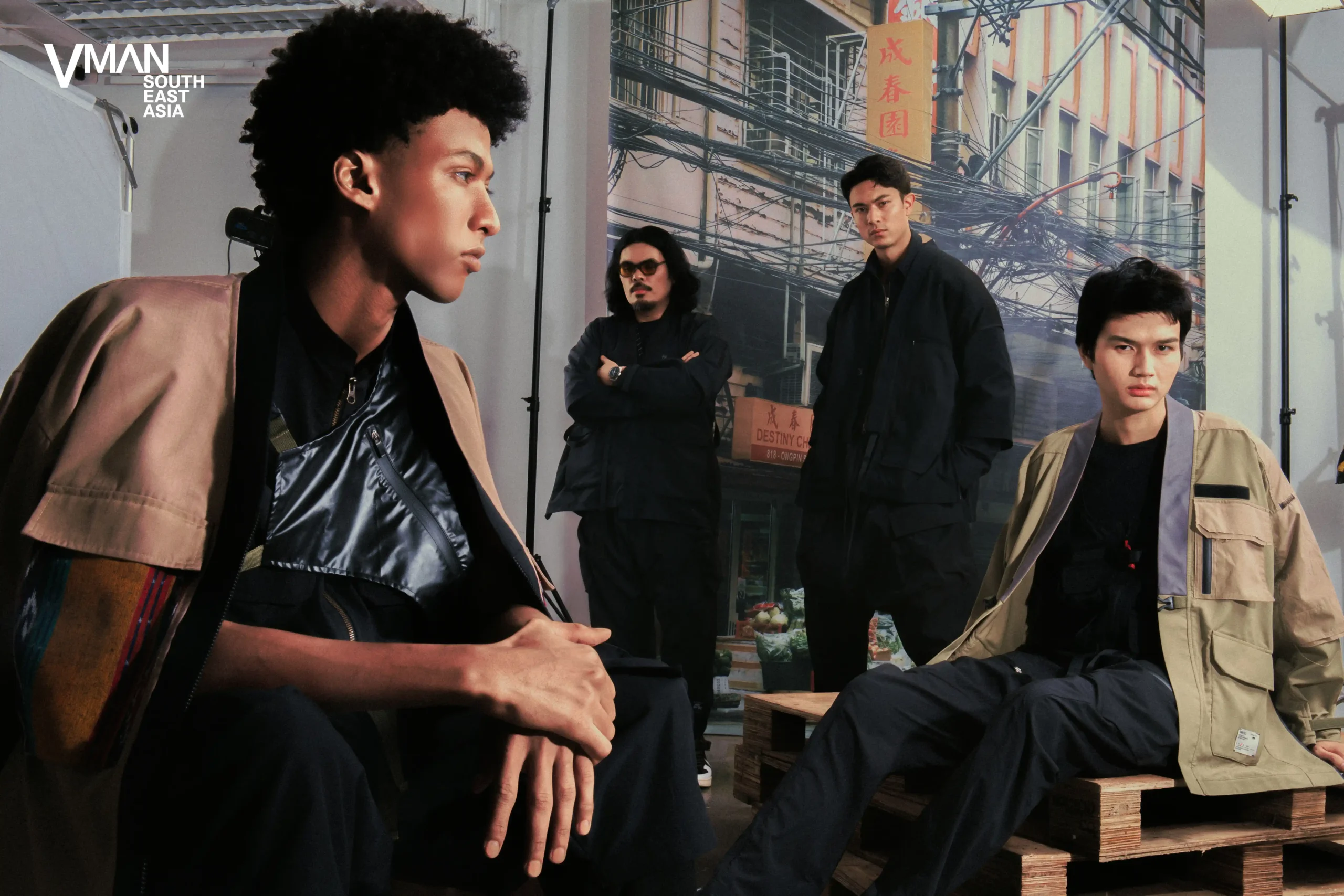
“Our early days were just for our proof of concept,” he admits. “We wanted to see if we could even turn that ₱7,000 each around. If we couldn’t, maybe we weren’t built for this.”
It didn’t help that the Philippines’ supply chain for technical fabric wasn’t exactly as robust as other countries like Vietnam or China. But for the guys behind SNK ATK, it became the catalyst for ingenuity. “You have to get creative when the materials you need aren’t readily available,” Psalm reiterates.
What started as a calculated risk in 2018 has since evolved into a full-fledged design practice defined by adaptability and innovation.
Unlike most designers, Psalm doesn’t begin his process on an actual mannequin. “I input fabric weights into a simulator, I do my patterning there, then I sew virtually. All prototyping happens digitally before going physical.”
It’s an approach that has allowed him to reduce waste. “Technical clothing requires you to pay attention to the smallest details. Ever since I did this digital approach, we’ve saved a lot of fabric.”

Psalm’s penchant for technical wear stems from the functionality of the garments, and SNK ATK adds further to this with their own touch. “We’ll never compromise on this feeling: when someone puts on one of our pieces and they think of it like it’s armor, and when they start discovering the little details that we put on. These are things that we will never compromise as a brand.”
SNK ATK’s foundation lies in the same spirit that birthed streetwear: experimentation, accessibility, and self-expression. “Streetwear used to be defined by an aesthetic,” he says. “Now, it’s an attitude. It’s about expressing who you are. I think that’s why it keeps evolving—it’s always connected to the cultural zeitgeist.”
Today, that zeitgeist is all about this grand mix of influences. Runway looks step into everyday wear; couture techniques meet functional design. “Before, big brands would borrow from streetwear to stay relevant. Now it’s a wonderful mix—both influence each other. And that’s what I love.”
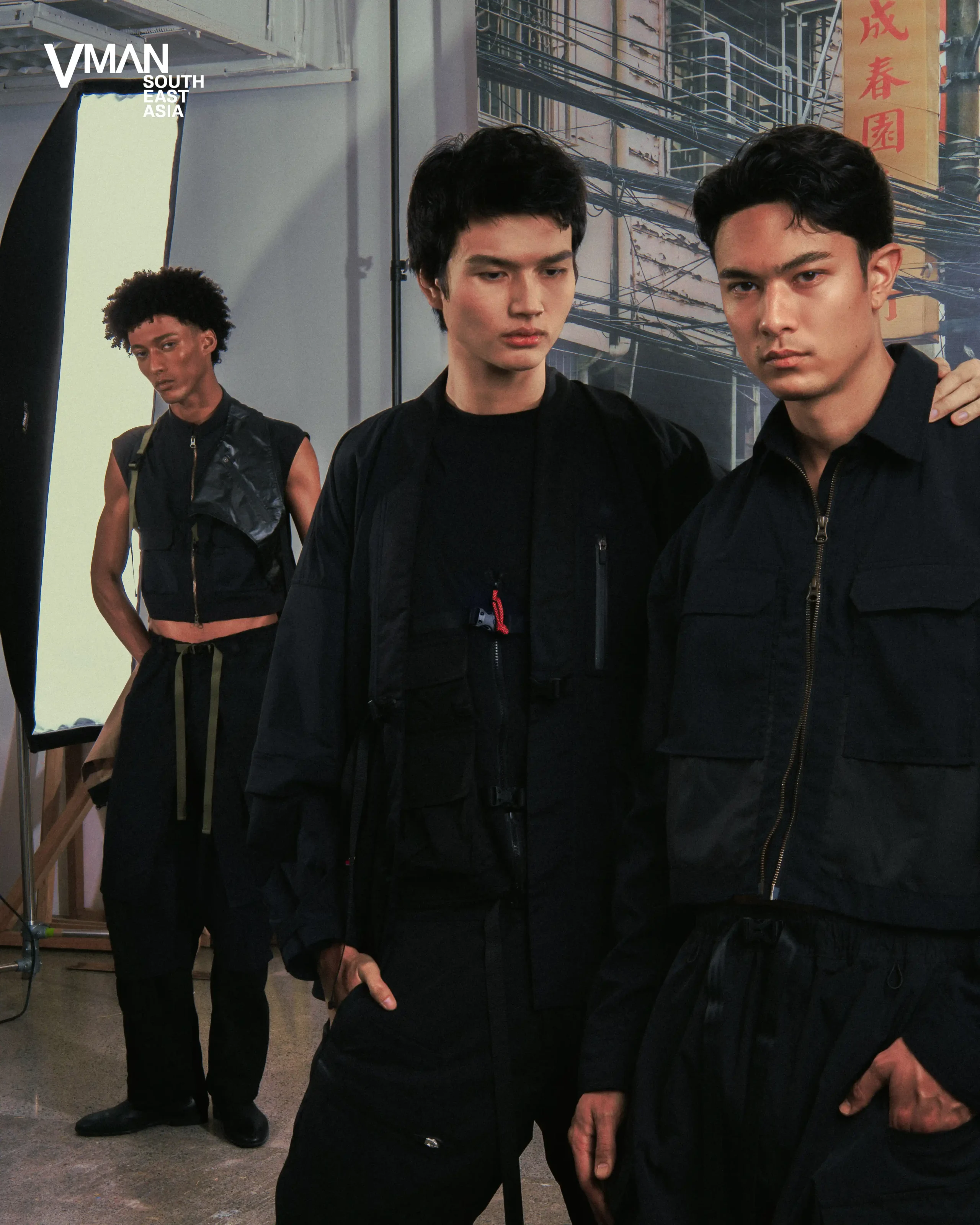
Psalm also takes inspiration from other Filipino designers—creatives that he holds in high regard. “Our local designers are incredible. It also fills me with pride that so many of us are reconnecting with our roots.” Recently, he’s been dabbling in heritage as well, exploring his own origins in Mindanao by fusing Lumad fabrics with Japanese-inspired silhouettes.
Such movements are part of how Psalm sees streetwear evolving. For him, it’s not a phase or passing trend. “As long as there are streets to walk on, there will be streetwear.”
And with today’s emphasis on utility and self-expression, Psalm sees SNK ATK growing further with the rise of Philippine streetwear.
“These are things that are right in our wheelhouse. People are becoming more practical, but they still want to show their true selves. This era of streetwear is now defined by people not caring what other people think—it’s more of an emphasis on individuality, and I think that’s a great thing.”
Chief of Editorial Content Patrick Ty
Photography Joseph Bermudez
Art direction Mike Miguel
Fashion Corven Uy
Grooming and hair Jean Anganangan, Crish Marfil, Patricia Marcaida, and Dhanver Serrano (Nix Institute of Beauty)
Models Noel Hein, Christian Bootle, and Nubi Osman (Monarq Agency)
Production design Studio Tatin
Production Francis Vicente
Lighting direction Rojan Maguyon

